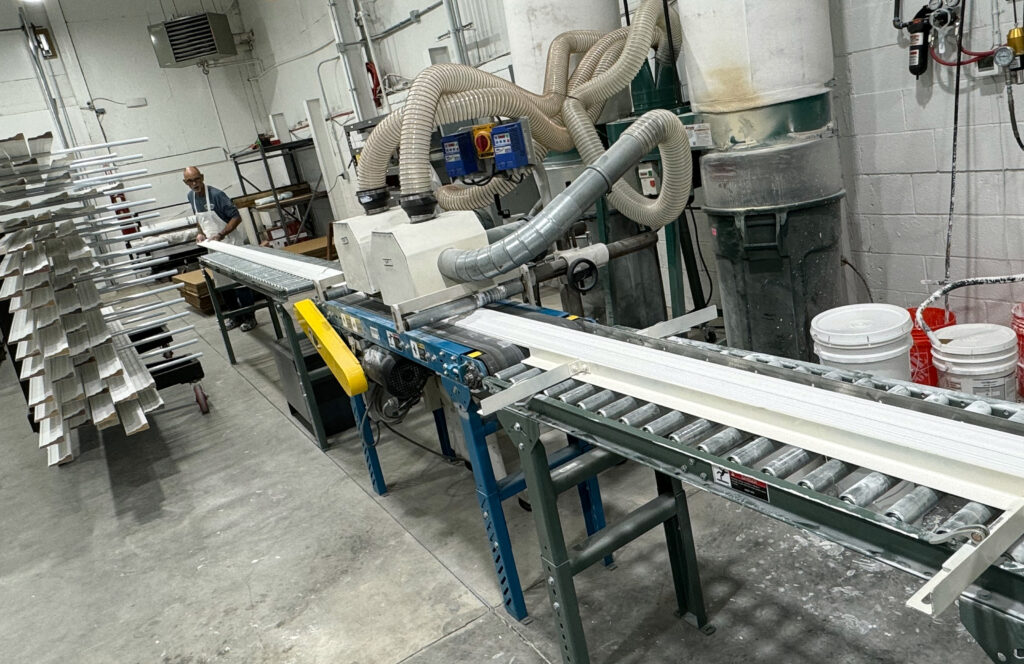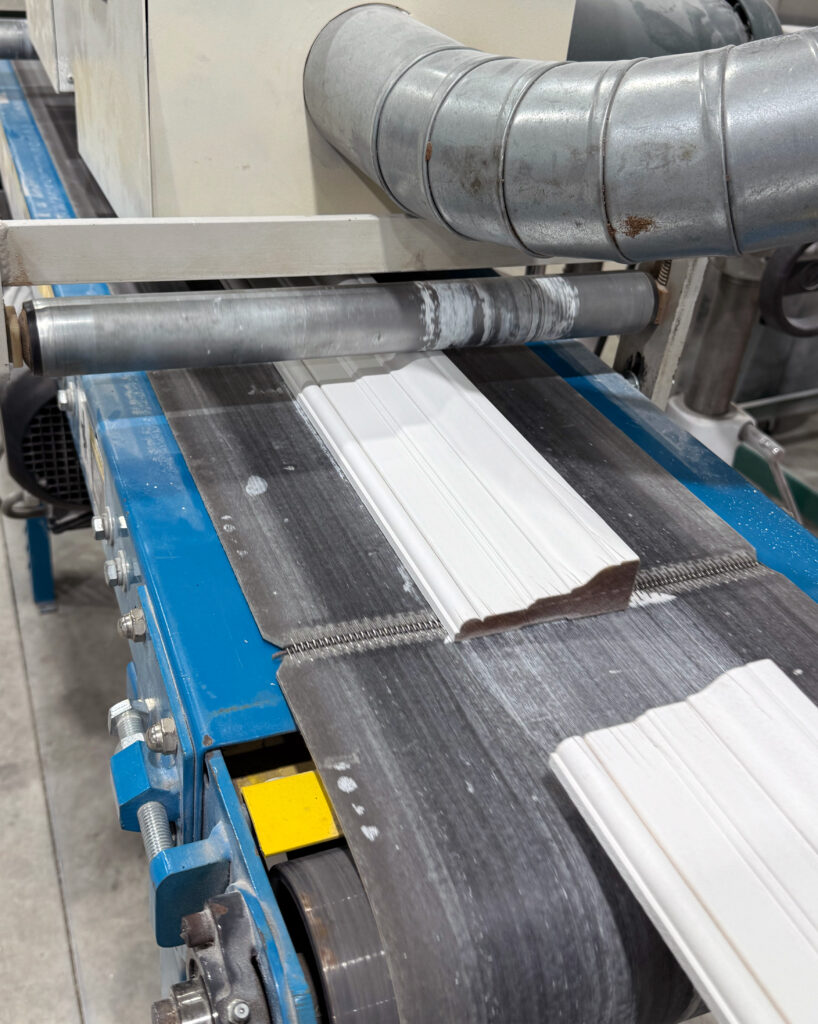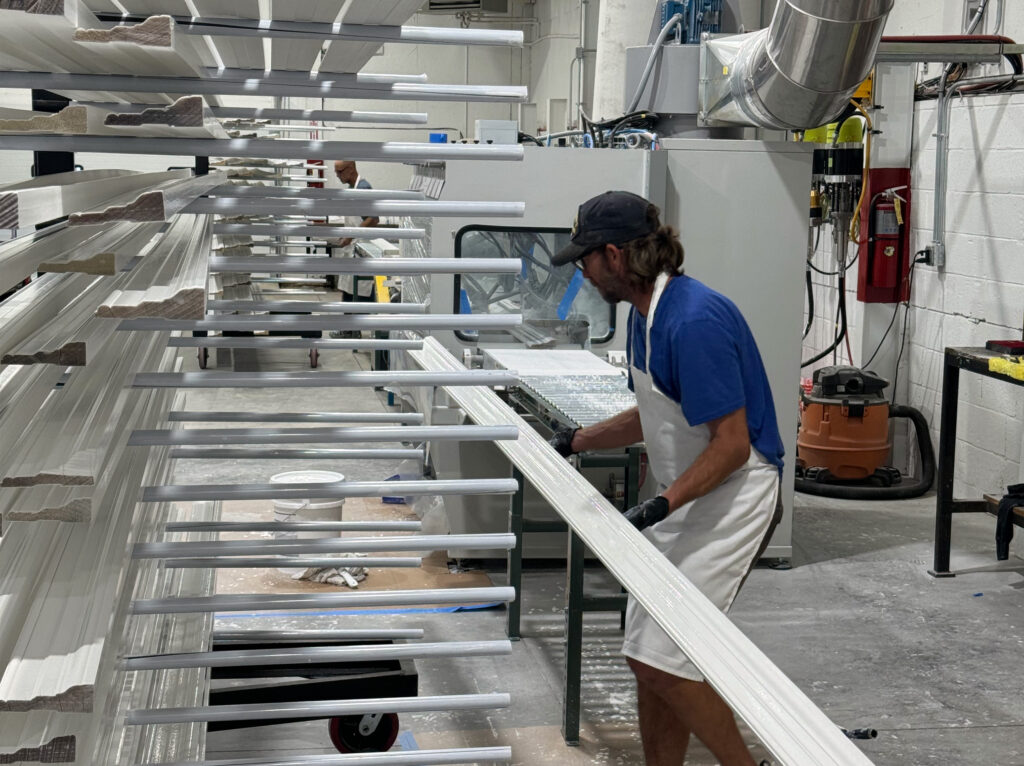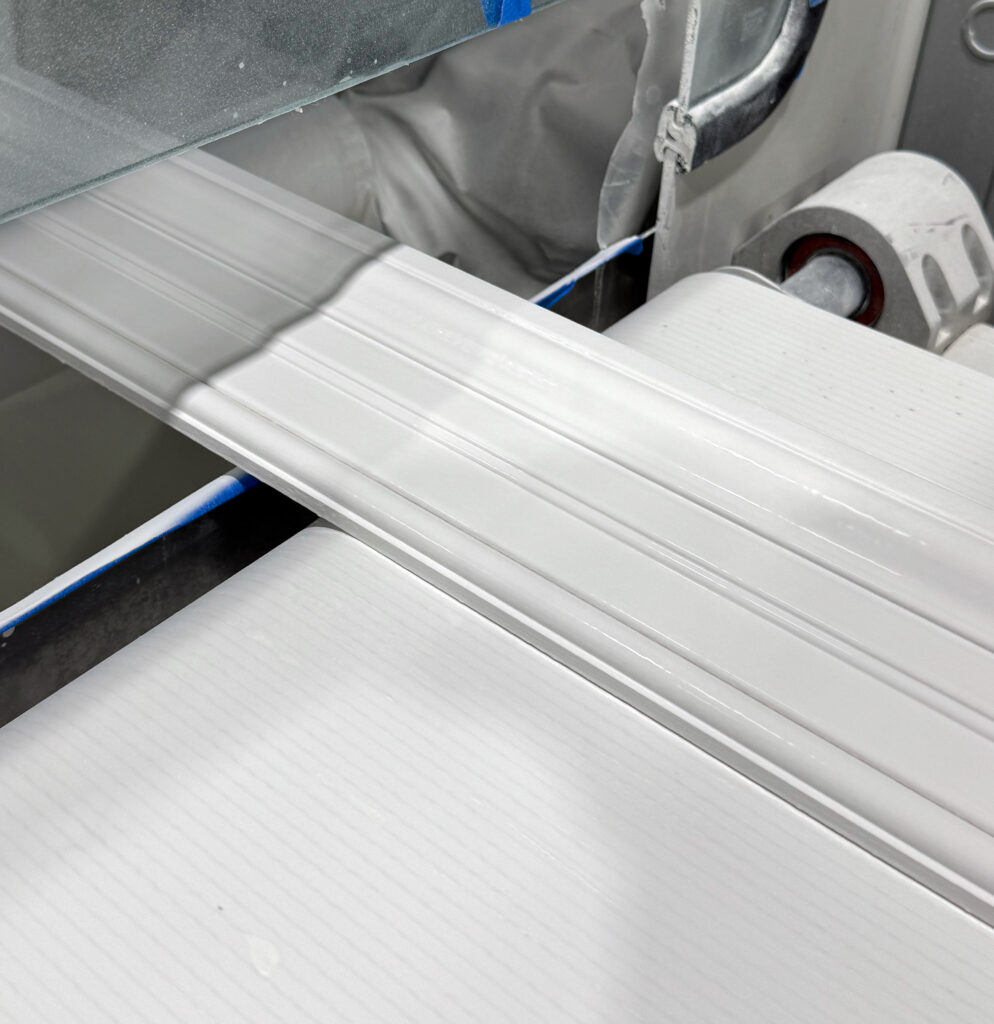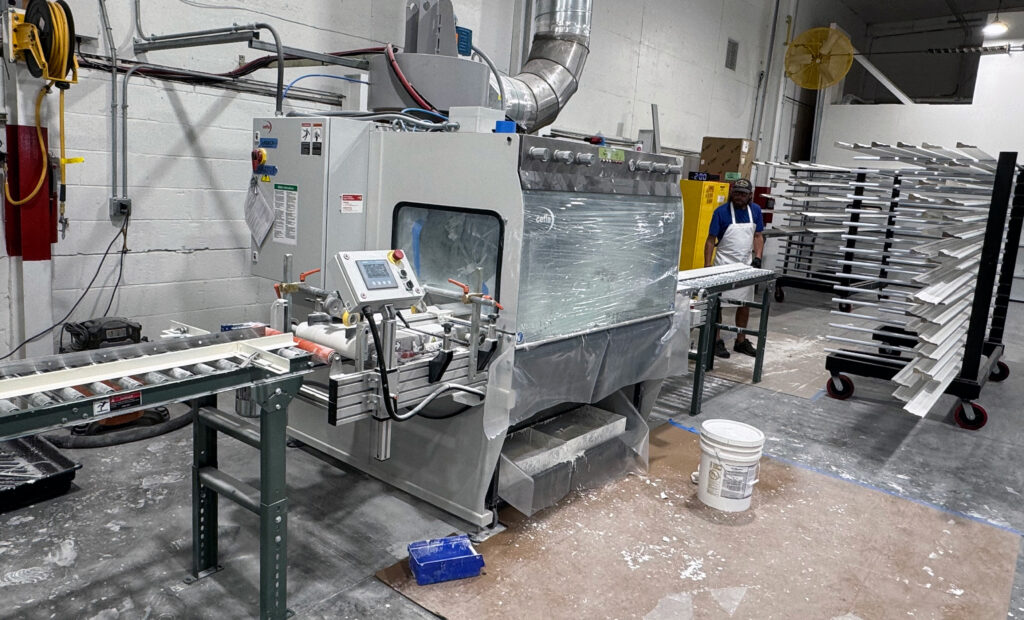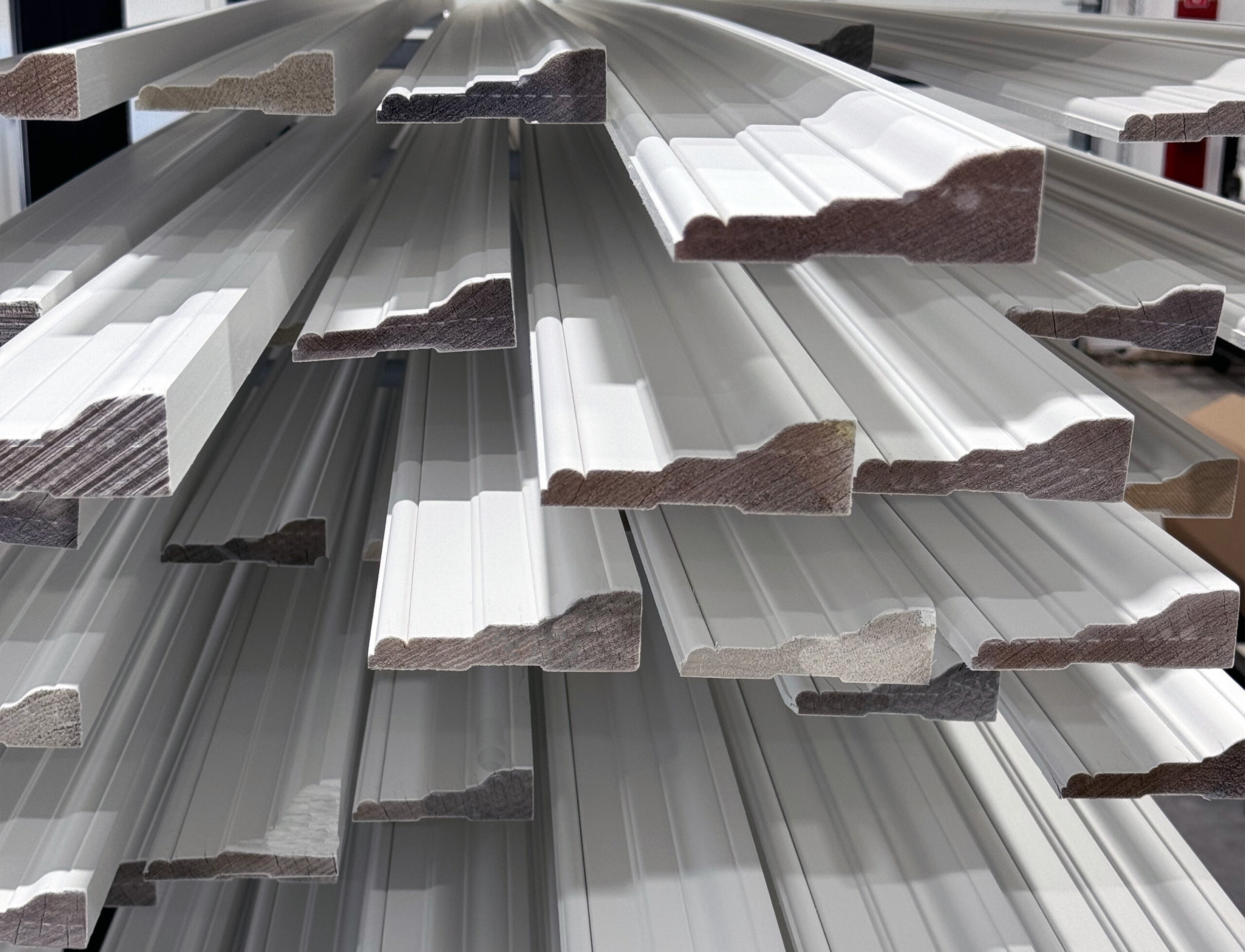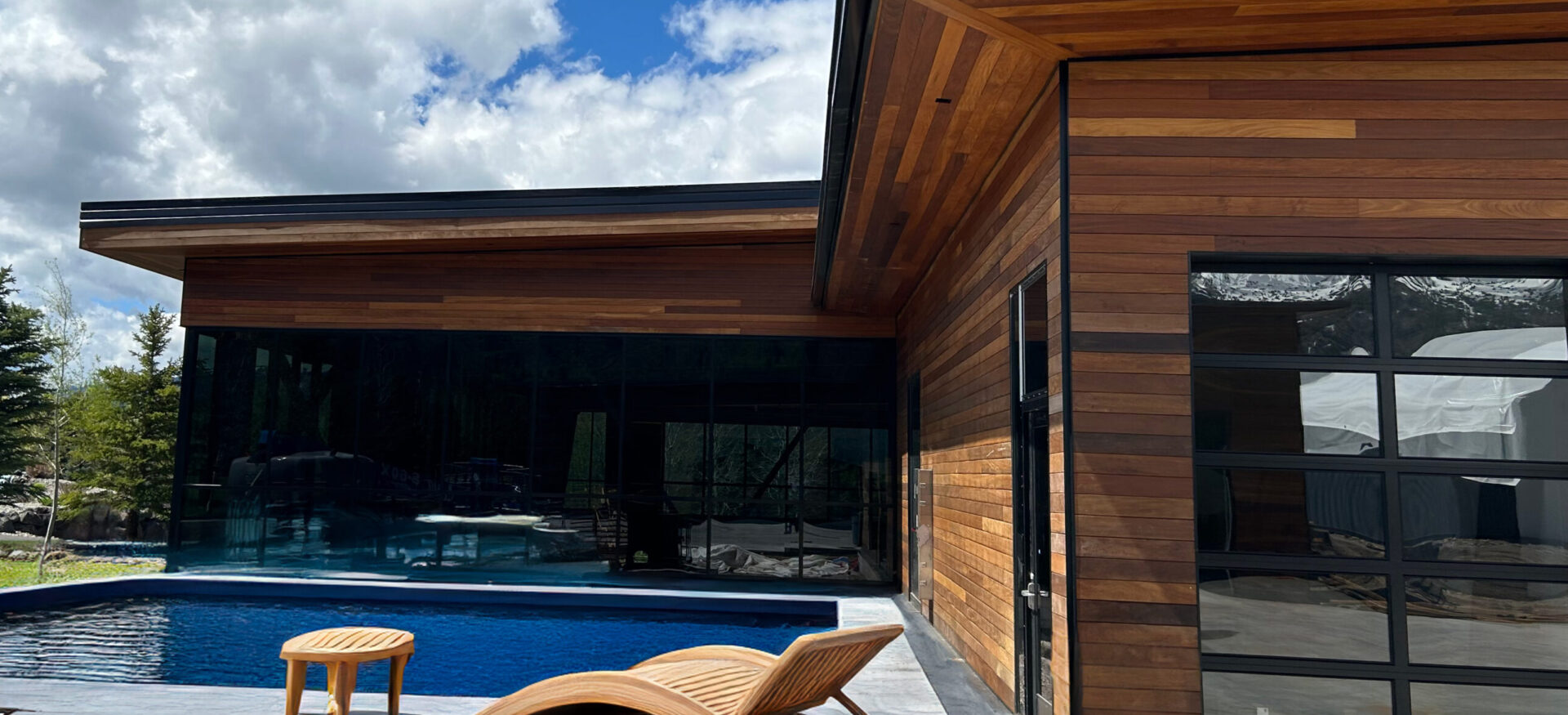We offer 3 different levels of wood priming to suit a wide variety of exterior and interior trim & siding projects. Different wood species will absorb more or less of the finish and may require more surface preparation to mitigate grain raising while keeping moulded details crisp.
Primed wood trim for exterior applications should have a fungicide additive for additional protection, and it is common for many quality exterior wood species to absorb a great deal of the finish. A coat or primer will even out the painted finish on these open grained and even oily exterior woods. Sanding or buffing the surface after priming will knock back any grain raising and leave a smooth surface for the top coat of paint. Not to mention that you can save time on the job site by not having to deal with the cumbersome sanding of each piece of wood trim.
Not sure what is best for you? Give us a call or drop us a line via the contact form, and we can gladly help you with the specific details of your job.
Good
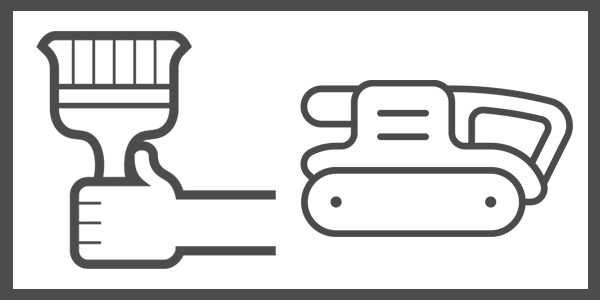
Prime – Buff
- First coat to make additional topcoats go on easier
- Works best when top coat is white or a light color
- Raised grain is sanded away for a smooth surface and crisp, moulded details
- May require sanding between top coats to ensure the smoothest feel and look
Better
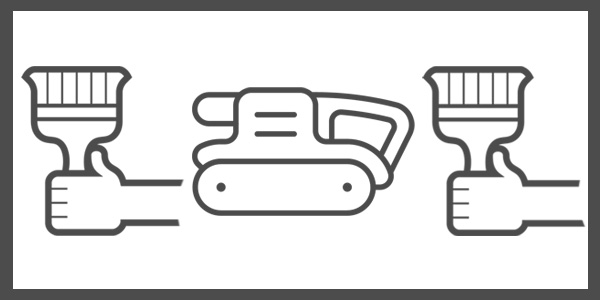
Prime – Buff- Prime
- Creates a more consistent, opaque base coat
- Buffing knocks back the initial grain raising for a smooth second coat.
- Necessary when using darker woods or when the top coat is a darker color
- Prevents the splotchy look that appears when top coat is applied to a dark wood or open grained species
Best
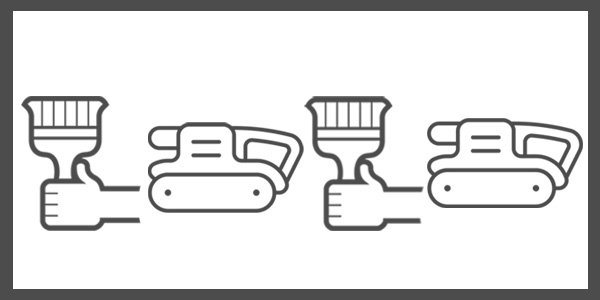
Prime – Buff- Prime – Buff
- Completely levels the surface of the wood and preserves the crisp details of the moulded profile
- Opaque look and feel; completely ready for final top coat
- Great choice for any type of top coat or wood species substrate providing a flawless finish
How Many coats of Paint on primed trim?
Certain open grained woods will soak up more paint than other types of wood. With a single coat of primer on a wood such as Poplar baseboard moulding, only one top coat of paint will be necessary. But switch to an Oak or Sapele trim board and 2 or even 3 coats of paint may be necessary to obtain an even color. Some sanding between the coats may also be necessary in order to level the surface and maintain crisp moulded details. For our higher end priming options we add a second coat of primer and sometimes even sand/buff that second coat to allow for a single top coat of paint with no need for sanding on the job site.
